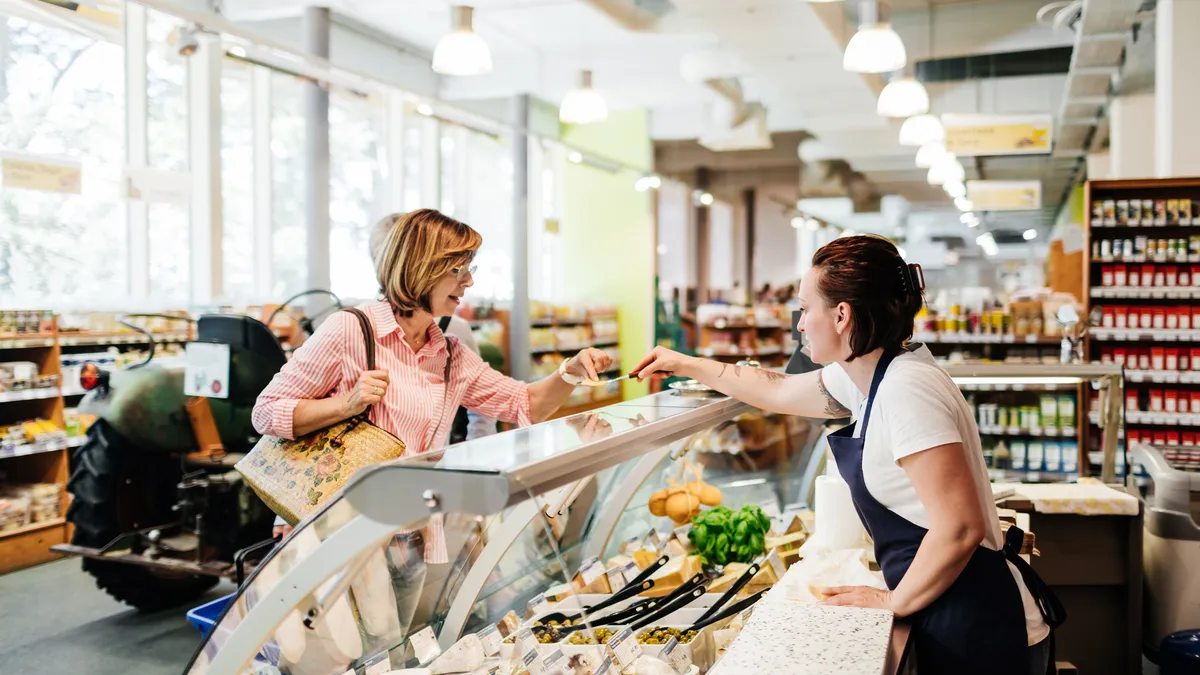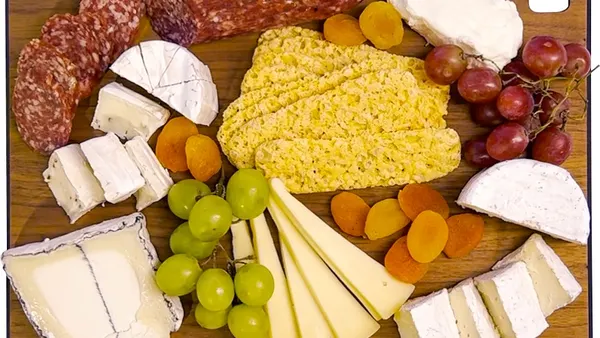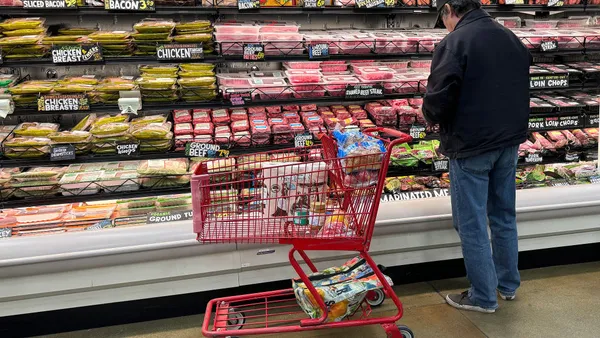Supermarkets throw away 43 billion pounds of food annually, making up 10% of all U.S. food waste. But even beyond the environmental impact, the cost of food waste is phenomenally high at an estimated loss of $18.2 billion annually. Worse yet, consumers are beginning to notice.
A recent survey found that 88% of people are trying to reduce food waste and want grocers to do the same.
Despite the opportunity to align with customer concerns while improving profitability, most retail CEOs have been incredibly slow to address the issue effectively. Only 8 in 50 (16%) of the top grocers evaluate how sustainability affects their company's financial outcomes. Even grocers with sustainability programs often underestimate how much waste they create or fail to calculate the number correctly.
By decreasing food waste, grocers can gain the multiple benefits of social responsibility, positive branding, and an increase in profit.
The challenge with managing food waste
Grocers are under immense pressure to have high quantities of fresh inventory on shelves. When consumers walk into a grocery store, they want to see an abundance of fresh foods. They want shelves to look full and aesthetically pleasing.
"Consumers expect that any product they want or that the grocer offers will be in stock at all times, no matter the season, day, or time," said Ryan Conti, head of growth at Shelf Engine, a grocery order automation company. "When consumers come into the store, and that's not the case, there's a high likelihood they may decide to go to a competitor."
To avoid that possibility, grocers try to keep as many products stocked as possible. Grocery stores have 40,000 more items than they did just a few decades ago. But the more SKUs a store has, the more it throws into the trash. What's more, the vast majority of these new SKUs are fresh products, which have much shorter shelf lives. Grocers end up throwing out 12% of fruit and 11.5% of vegetables that they purchase directly from farmers and distributors.
The challenge of measuring food waste
Although grocers understand food waste occurs, they vastly underestimate the degree. "This problem happens because the process many grocers use to calculate food waste is much more applicable for shelf-stable products than for perishables," Conti said. "In theory, grocers track how much they ordered and how much they sold and assumed the rest is waste. But it gets much more complicated for highly-perishable products."
Another category contributing to excessive waste is short-dated food that goes bad on shelves or in stockrooms. Some foods may be near or at their sell-by date, and consumers reject these products for a fresher selection. This food waste often gets underreported. because grocery employees may toss out the food without manually tracking (often with a scan gun) the loss.
"Grocers tell us 'we have 3% waste,' but we pull the data and analyze it. We find that they had 50% waste because they're not tracking shrink properly," Conti said. This unrealized waste adds up quickly and ends up contributing to the billions of pounds of food thrown away annually.
Food waste can also be inadvertently reinforced by grocery store leaders. "Because store teams often get incentives based on increased sales, they grossly overstock, which leads to more waste," Conti said. "If store leaders set incentives to minimize waste or maximize profit, they would allow for waste reduction to be a higher priority."
How to decrease waste and improve the bottom line
By reducing shrink, stores decrease inventory loss, which helps improve profit margins. Imagine the financial advantage of reducing even a small portion of the $18.2 billion of annual food waste — this profit could be used toward needed innovation, technology or development. One of the best ways grocers can reduce waste is by looking at ways to align sustainability with the bottom line.
One of the most important actions grocers can take is to fully understand how to reliably track their shrink. Grocers often use computer-assisted ordering (CAO), but CAOs rely on manual data entry. If employees make mistakes when inputting the data, the CAO will use inaccurate data that results in inaccurate forecasts.
Machine learning models ingest a grocer's POS and delivery data and other exogenous variables to determine ideal order quantities. At the same time, these solutions intelligently track high volatility in sales patterns and other factors like breakage, vendor shorts, and spoilage to drastically reduce shrink and improve profit. The sophisticated statistical modeling helps grocers determine how much they need to order with greater accuracy, so they don't overspend. As a result, less food is wasted.
"In addition to using more accurate technology, grocers should create a strategic approach to inventory management solutions to reduce shrink risk," Conti said. This approach can include finding an end-to-end partner that specializes in shrink management. For example, tech company Shelf Engine utilizes AI demand forecasting and scan-based trade (SBT) to handle the entire ordering process from vendor management to shelf optimization, saving retailers money and reducing risk by buying back any remaining unsold items. This system enables grocers to drastically reduce risk while they decrease waste and increase profitability. SBT also optimizes labor productivity by freeing up retail employees to focus on higher-value work.
Food waste is a significant issue for grocers, but it doesn’t have to be one without a solution. By looking at sustainability not just as a business imperative but also as a business strategy, grocers can use AI technologies and strategic partnerships to drastically improve their bottom line.










